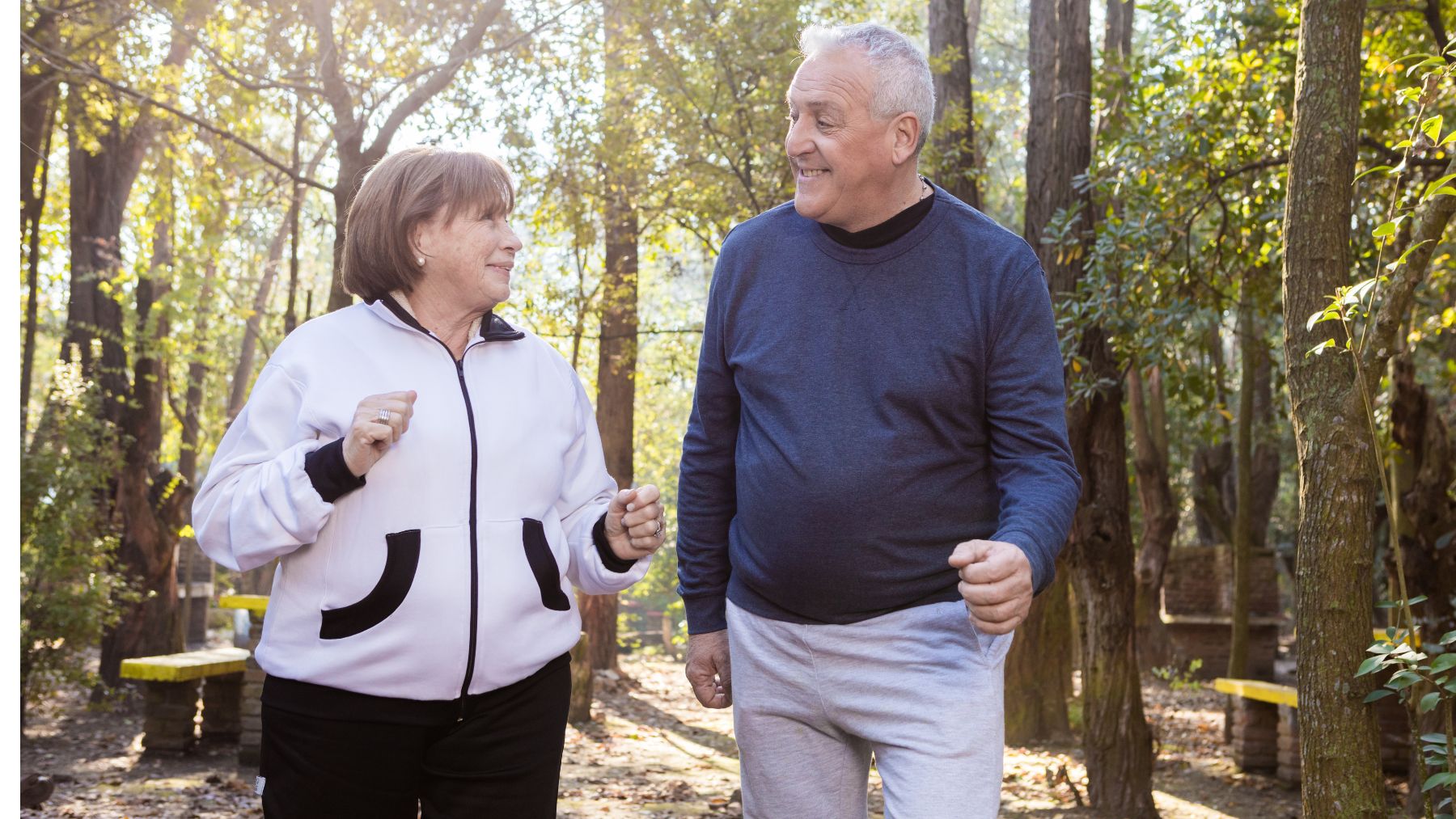Many people slow down after turning 60, assuming that gentler routines are the safest option for their heart. But experts stress that walking with practice and consistency is what truly keeps the heart strong, blood pressure balanced, and muscles and joints in good shape.
The challenge is that high-impact activities like running or swimming often feel out of reach at this stage of life. That doesn’t mean giving up on exercise, though. The solution lies in choosing a routine designed for aging bodies—one that boosts endurance and cardiovascular health without putting excess strain on bones or joints.
What activity can boost heart health the most after 60?
The answer is the Japanese walking method, a structured routine created by Professors Hiroshi Nose and Shizue Maski at Shinshu University. It’s built around simple intervals: alternating brisk walking with slower recovery periods. This cycle makes the heart work harder in short bursts while giving the body time to rest between efforts. Indeed, cardiologists recommend it for its benefits to heart health.
In practice, it looks like this: three minutes of fast-paced walking, followed by three minutes at a slower pace. Repeating this sequence over half an hour offers the cardiovascular benefits of more demanding workouts, but in a way that feels manageable for older adults. Research shows it doesn’t just strengthen the heart—it also supports muscle tone, improves flexibility, and helps regulate blood pressure.
What makes this method especially appealing is its accessibility. There’s no need for gyms or expensive gear—only a comfortable pair of shoes and a safe place to walk. That simplicity has helped it gain attention worldwide as a practical, sustainable option for seniors.
How to put the Japanese walking method into practice
Getting started is straightforward. Begin with a short warm-up of three to five minutes at a relaxed pace. Once your body feels ready, speed up for three minutes of brisk walking—fast enough that your breathing quickens and holding a conversation is slightly difficult. Then slow down for three minutes to recover. Repeat the pattern five times to complete a 30-minute session.
If three minutes of brisk walking feels overwhelming, start smaller. Even 30 seconds of faster movement is enough to begin, gradually increasing as endurance builds. The important part is not perfection, but consistency—aiming for four to five sessions each week. Always listen to your body, and stop if something feels unusual. Checking in with a doctor before starting a new program is a smart step, especially for those who haven’t exercised regularly in years.
Many older adults who switch to this method notice changes quickly. Everyday tasks like climbing stairs or carrying groceries become easier. Joints feel less stiff in the mornings, and energy levels improve. The structured intervals seem to give the body just enough challenge without leaving it exhausted.
Keeping your heart strong long term
The biggest advantage of this walking style is that it’s easy to stick with. Unlike intense routines that push you to extremes, it encourages balance. The method gives seniors a clear framework: move faster for a short time, then rest, repeat. That rhythm makes it less intimidating and more enjoyable.
Pairing this approach with other healthy habits, like balanced meals and regular medical check-ups, creates a powerful foundation for aging well. Exercise at this stage isn’t just about preventing disease—it’s about protecting independence, maintaining energy, and feeling good in daily life.

